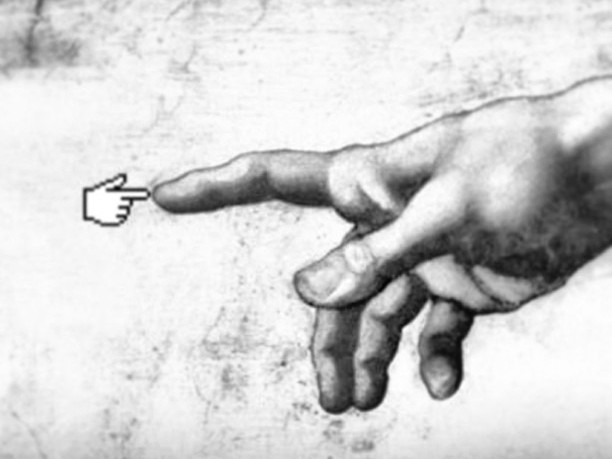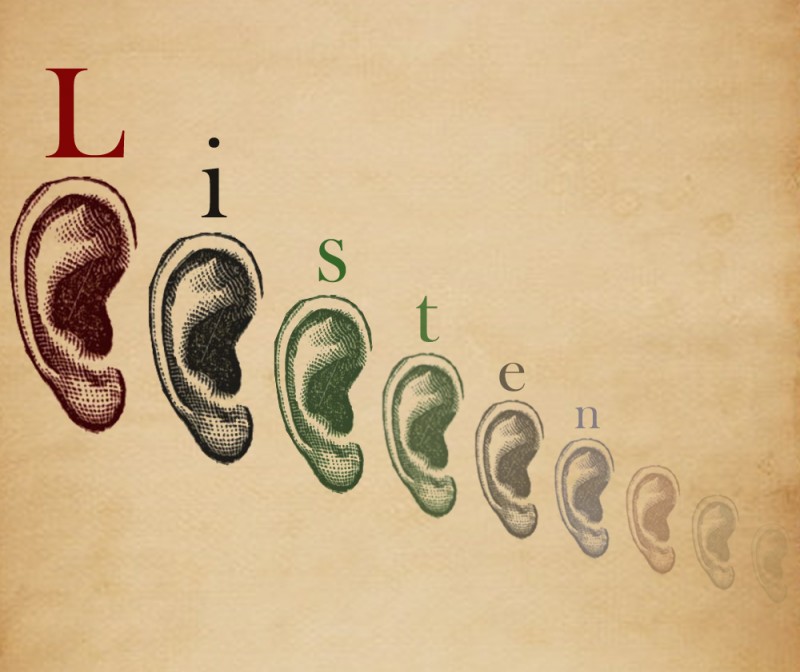We are human again! Brand life in the Human Era

Over the last year, the ‘Human Era’ of brand interaction has become well and truly established, so I thought now might be a good time to sit down with the idea and look it over.
What came before?
The thought goes something like this: when business was first thought of, people interacted with other people to make it happen. Then, as humans through time traded in better and bigger ways, traders developed things like companies and corporations, to make life easier. The problem is that these companies, as entities in their own right, are devoid of personality because, well, they’re not people. As a result, dealing with them is not always as good an experience as it could be.
What has happened now?
Not so long ago, global brand strategy company Lippincott published a report entitled ‘Welcometo the Human Era’, in collaboration with Hill Holiday. It covers various aspects of big business operation, and explains that, now more than ever, it has to be personal.
“At the core of the Human Era is the realisation that the expectation of meaningful connection – the search for trust – extends to organisations and brands as well as people.”
Organisations traditionally put out communications – the noun – in a one-way flow. Humans on the other hand traditionally communicate – the verb – in a two-way format. In the Human Era, brands are communicating and reacting, even letting things get a bit messy. They are not simply broadcasting, and accordingto Lippincott, it’s working. In this communicative, collaborative ecosystem, value is not created and passed on through a one-way system, it is ‘created and exchanged in a reciprocal, cooperative, inclusive manner.’ This is where the nouns and verbs come in: success in the Human Era demands humanity in ‘actions as much as ads.’
How does it work in practice?
The report details six shared traits that successful Human Era brands exhibit. It states that not every company on their list of industry leaders has mastered every one of the traits, and it’s important to remember this, because every company is different. Maintaining this balance and getting out an authentic message is a serious challenge.
Rather than list them all here, I am going to look at two of the six traits in the report that I think really exemplify the spirit of the Human Era. They are also, on balance, the most scalable, achievable traits.
Trait: Customer empathy
The report describes companies who execute this trait effectively as ‘deeply [immersed] in customers’ lives’. This is true of the brands it describes like Amazon, IKEA and Tesco, who find new and unexpected ways to serve because they are empathetic at the most basic level of operation. More broadly, this trait can be understood in terms of listening over prescribing.

Listen © ky_olsen
A customer chooses a company based on need for a product or service and an assumption that said company will be able to meet this need, perhaps more effectively, more cheaply or to a better standard than competitors. This is an act of trust, and should be dealt with as such. A company that makes a customer feel welcome, heard and understood is more human than one that inputs the problem and computes a solution.
Sure, the two operations will probably achieve the same basic outcome. The difference is in the value of this operation for both customer and company. An empathetic approach that considers who the customers actually are will generate far more value for them, thus adding value to the company’s image.
Trait: Talking and acting like people
This can be a bit of a minefield, but a few simple humanising changes go a long way…
Being a ‘we’ – On some levels, particularly in the case of group corporations, ‘we’ doesn’t cut it because of the diverse composite entities that might make them up. On the level on a single brand or sub-brand, speaking in the first person is a very simple step on the road to sounding more human.
Simplifying speech – As a writer in marketing, I know all too well that it’s easy to let industrial language take the lead. There is nothing more alienating than being on the other end of a discourse that uses familiar words in unfamiliar ways, and takes no time to explain anything. I have used the word ‘speech’ specifically here, because so many pieces of corporate communication [noun] sound pompous and incomprehensible when read aloud. That reminds me…
…Conversing with customers – is of vital importance! It’s that noun-verb thing again. In terms of consumer trust, there is a staggering difference between brands that converse [verb] with their customers, and those that issue pieces of communication at them. Conversation is the only way in which we get anything done that we can’t do on our own. Precisely because it’s a fundamentally human trait, it is extremely important to Human Era brands.
The full Lippincott report lists four other traits and gives a bit of background on the humanising activities of the brands it analyses. Thanks to the way digital communications have permeated our lives, there are more ways to be in touch now than even before. It’s an opportunity for brands to have faces again, and to enter the Human Era.
And another thing…
Looking back on our own projects, we noticed that a couple of clients have used our expertise to help them move into the Human Era. To find out how, read our short case study.
About markmaking*
markmaking*
mark-making* is an award-winning creative agency specialising in branding, campaigns and communications